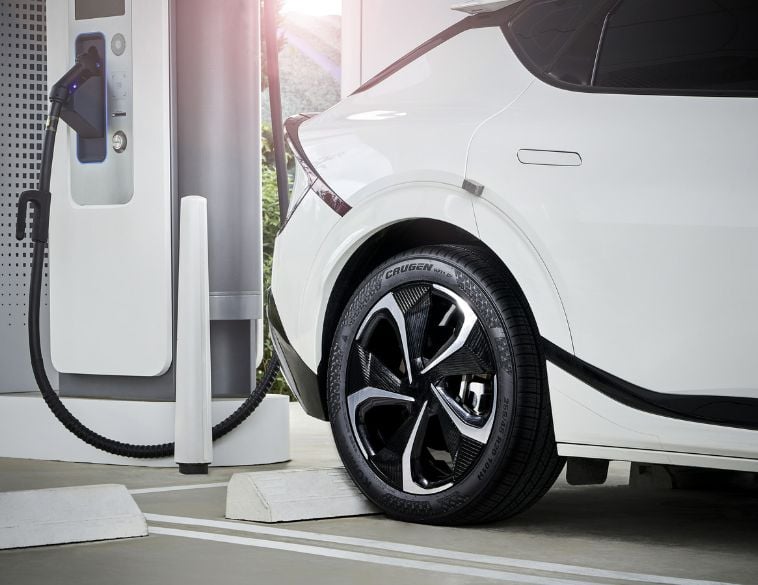Expert advice for installing and maintaining dual tires on pick-ups.
Changing tires on dual-wheeled pick-ups is much like changing tires on passenger vehicles… except what can go wrong multiplies by four.
There’s not much of a difference when compared with a regular car tire, says Kevin Brown of Big Kev’s Tire and Auto in St Albert, Alberta, “but on a dual-wheeled pick-up everything is amplified with those two wheels opposing, each rocking back and forth and potentially rubbing on each other if they are not seated properly or torqued properly. That’s when wheels start to loosen, and that can lead to problems.”
Correct procedure
Brown makes sure his tire techs follow the correct procedure when changing tires on dual-wheeled vehicles:
- Once the wheels are off, make sure the studs are clean, as well as the hub-wheel mating surfaces. Clean the wheels and studs, or wheels can loosen and fall off.
- Align dual wheel slots to check air pressure. Some dual-wheeled vehicles have pins to help with this. Many have alignment holes.
- Torque wheel nuts to spec using the accepted star pattern. Do not over-torque since this can lead to stud fatigue and snapped studs.
- Balance using the appropriate offset attachments.
- Don’t put anything on the studs—no grease, no copper coat—just keep them clean, dry and rust-free.
Dual wheels require all the same steps needed to mount and balance a single wheel properly, but the importance of each step is amplified.
The right equipment
Pete Liebetreu, Vice President of Marketing with Hunter Engineering Company and a 27-year veteran of the automotive equipment industry, stresses the importance of using the right equipment:
- Choose the right tire changer. The load ratings on dual-wheel pick-up tires can be very high. This generally means stiffer beads, which means you’ll need a more robust and powerful tire changer.
- Buy the strongest machine you can afford. These tires put a lot of wear and tear on equipment as well as the technician. Many shops still favour levered machines in the agricultural and industrial space where dual-wheel vehicles are most popular, but they should consider moving to more advanced lever-less equipment.
- Often, these wheels will have larger centre bores and may need cone adaptors for balancing or changing.
- Pay attention to safety. These are high-pressure tires. When inflating, seat the beads on the tire changer, and then inflate them in a safety cage.
- Consider a wheel lift for your balancers and tire changers to protect your technicians’ backs. Why have a human being lift these heavy tires into position when a machine can do it?
Dual-wheeled vehicles don’t need to spell double trouble when shops invest in the right equipment for the job, and when they ensure that techs have the right training and follow the right procedures.



